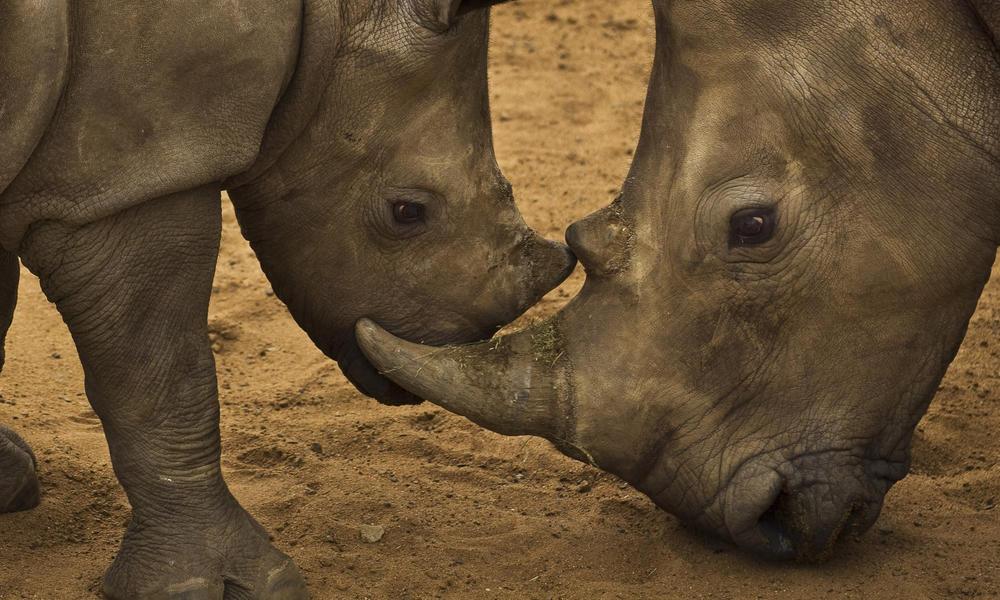Ecocentricity Blog: The Placebo Effect
Jun 18, 2018 12:45 PM ET
Campaign:
Ecocentricity Blog

Ecocentricity Blog: The Placebo Effect
I am fascinated by the placebo effect. If you aren’t familiar with the word, a placebo is essentially a medical treatment that doesn’t have a direct therapeutic effect on the patient. Examples are sugar pills and saline injections. Another example would be if I put a glass under my kitchen faucet, filled it with water, handed it to you and said, “Here, drink this magic water and you won’t have eye wrinkles.”
The placebo effect is when a person takes a placebo and actually gets better (or at least they report an improvement in the condition, which isn’t the same thing). Crazy, right? Like, what if your wrinkles disappeared after drinking my tap water. How cool would that be?!?! I am fascinated because the placebo effect means the human brain has a role in the body’s physical health. Sometimes, if we think a medicine or treatment is making us better, the simple act of thinking we are healing causes the improvement. Apparently Wikipedia has a page on the brain’s role in physiological health, and if you understand even half of the words in the first paragraph, that means you are way smarter than me. Placebos have some ethical considerations. They are often used during clinical trials for a control group, so that the effectiveness of an experimental real drug can be compared to the effectiveness of a fake one. But for that to work, the people receiving the placebo must believe they are receiving the real one. That means their doctors are lying to them, and I don’t know about you, but…………I don’t really want my doctors lying to me. Ethics are hard. You know what’s arguably worse? When a placebo is contributing to the critical endangerment of an animal that has roamed the planet for tens of millions of years – the rhinoceros. In addition to the problem of habitat loss, rhinos are endangered because poachers have relentlessly hunted them. Poachers don’t want them for their meat or to ceremoniously hang their heads on a wall. Instead, they simply want them for their horns, which are ground up and used in certain Asian cultures for their medicinal benefits. There are three problems with that. First is that consumers in these cultures will pay a significant premium for rhino horn. Because they trade at a high price, poachers have a strong financial incentive to kill rhinos despite legal protections that are in place for these creatures. Second, rhinos are in trouble. The World Wildlife Fund has good data on the various species, and while the outlook is looking rosier for some compared to several years ago, none of them are thriving in the wild. Third is the fact that THE MEDICINAL PROPERTIES OF RHINO HORNS ARE NON-EXISTANT! Sorry for yelling, but they are complete placebos. The horns are made mostly of keratin, a protein that’s the same as what is in our hair and fingernails and is medically inert. No other component has any documented medical benefit. In this respect, rhino horns are no different than my tap water, except my tap water isn’t contributing to species endangerment. Fortunately, there are some great organizations working to fix this problem. A simple Google search will find them, but a quick shout-out to one that we have funded – One More Generation. Thanks for all that y’all do on this important issue! You can subscribe to John Lanier's Ecocentricity blog here, and receive it via email every Wednesday morning. Subscribe today and never miss a single issue.
